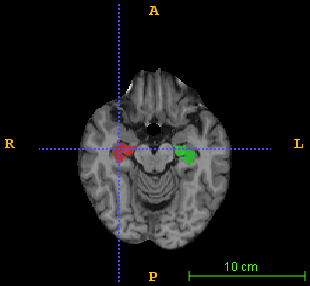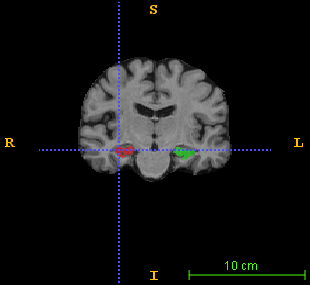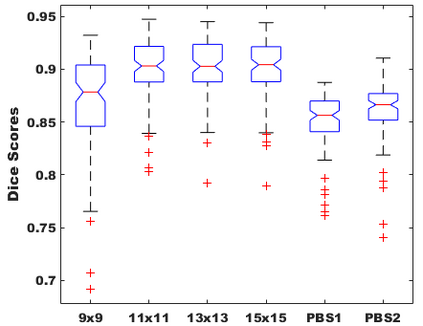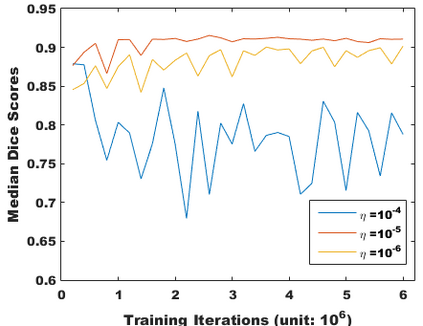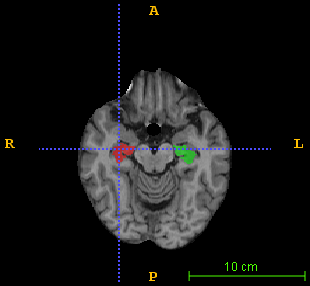Over the past decades, state-of-the-art medical image segmentation has heavily rested on signal processing paradigms, most notably registration-based label propagation and pair-wise patch comparison, which are generally slow despite a high segmentation accuracy. In recent years, deep learning has revolutionalized computer vision with many practices outperforming prior art, in particular the convolutional neural network (CNN) studies on image classification. Deep CNN has also started being applied to medical image segmentation lately, but generally involves long training and demanding memory requirements, achieving limited success. We propose a patch-based deep learning framework based on a revisit to the classic neural network model with substantial modernization, including the use of Rectified Linear Unit (ReLU) activation, dropout layers, 2.5D tri-planar patch multi-pathway settings. In a test application to hippocampus segmentation using 100 brain MR images from the ADNI database, our approach significantly outperformed prior art in terms of both segmentation accuracy and speed: scoring a median Dice score up to 90.98% on a near real-time performance (<1s).
翻译:在过去几十年里,最先进的医学图像分割主要依赖于信号处理模式,其中最突出的是基于注册的标签传播和配对式配对比较,尽管分解精度很高,但这种模式一般都很缓慢。近年来,深层学习使计算机视觉革命化,许多做法比以往的艺术表现要好,尤其是关于图像分类的进化神经网络(CNN)研究。深有CNN最近还开始应用于医学图像分割,但一般涉及长期培训和要求记忆要求,取得了有限的成功。我们提议了一个基于对具有重大现代化的经典神经网络模型的重访的补丁深层次学习框架,包括使用校正线性线性单元(ReLU)启动、辍学层、2.5D三平面多路设置。在利用ADNI数据库的100个脑MM 图像对河马氏分解的测试应用中,我们的方法在分解精度和速度两方面都大大超过以前的艺术:在近实时性表现( < 1s > ) 上评分到90.98 % 。

